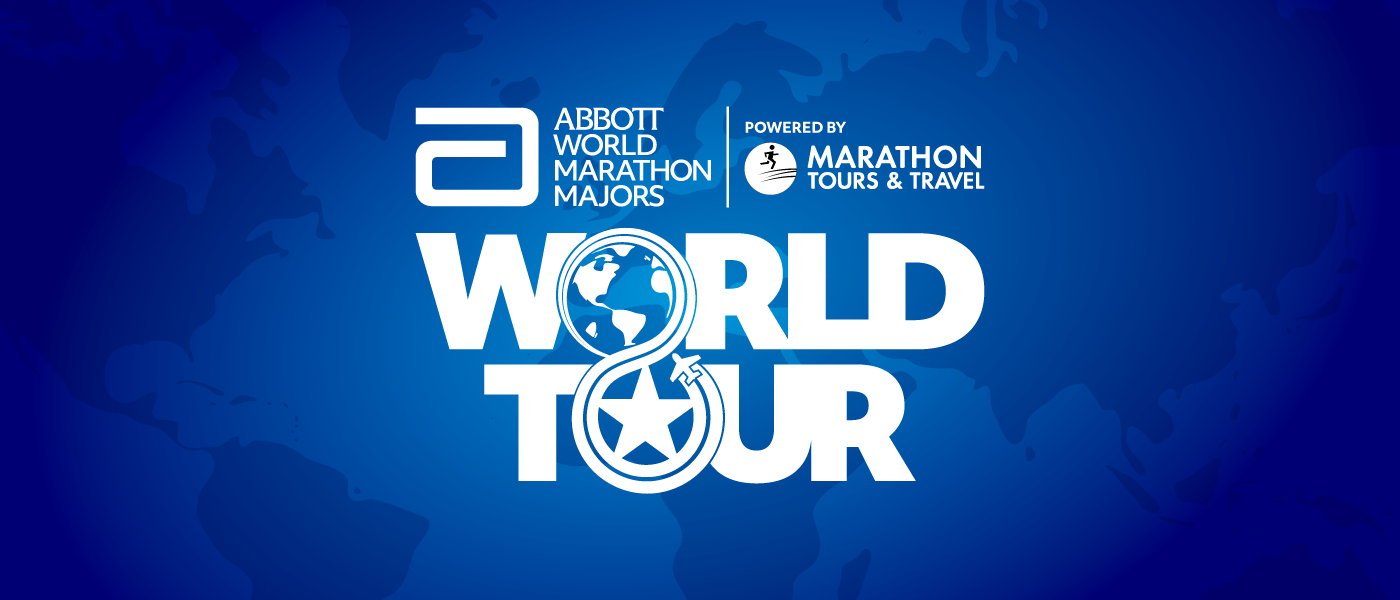
The countdown is on!
There’s a little less than a month to go until the Abbott World Marathon Majors Global Marathon, and I hope you’re as excited about it as I am. This race truly feels like a little gift to help tide us over before the fall racing season officially begins, with all six of the World Marathon Majors happening in a short, six-week period.
With March – and all of the miles that came with it – in your rear view mirror, now it’s time to put the finishing touches on your marathon training. There’s still one more week of hard/big miles, but most of the work has already been completed. Congrats!
And if you didn’t log as many miles as you wanted to in March, don’t worry. You’ve still got plenty of time to prep pre-race. Taking these three steps will give you an extra advantage going into marathon weekend:
- Rest up. Sleep is always important for your health and wellbeing, but it plays a crucial role in your performance during the final weeks of marathon training. Aim to catch more Z’s than normal right now — ideally, 8 to 9 hours of sleep every night, plus a few quick naps if possible to squeeze them into your schedule.
- Give yourself a massage. Set up an appointment or two with a professional, or if this isn’t an option, then try to practice some self-massage techniques (using a foam roller or other tool) regularly. For even more recovery benefits, prop your legs up on something while you nap after your long runs. Elevating them above your heart boosts circulation and helps clear out some of the biological waste built up in training.
- Eat well. Continue consuming a good mix of complex carbohydrates, lean proteins and plenty of fruits and vegetables. Stay hydrated every day and cut back on your alcohol and coffee consumption to help prep your body to go the distance.
It’s also time to fine tune your race day fueling strategy. Use your long run as an opportunity to practice exactly what you’ll eat and drink during the marathon… and in the days leading up to it.
Route Master
By now you should have selected and planned out your marathon route. I'm personally going to keep mine really, really simple and run a loop around our neighborhood, which is just over a mile (1,609m) in length. (Take note of the Global Marathon rules stating that loops less than 0.5miles in length are not allowed so don’t plan your route on a running track)
I know, I know – my course is a lot of laps (23.8, to be exact!). But hear me out: the way I see it, I can set up an aid station right outside my house so I won’t have to ask anyone to drive alongside me for a few hours just to hand me water bottles when I need them. And, a major plus, my bathroom is right there!
It doesn't hurt that the scenery is drop-dead gorgeous, too. I’ll post some photos on social media (follow me @CoachKastor) so you can see what I’m talking about. I’m sure my wife, daughter and maybe some friends will come and cheer me on in the final miles. Make sure you recruit your own special cheering squad for extra race-day support but don’t forget to follow social distancing guidelines!
Set your goal race pace
This month is also a good time to set an official, realistic goal race pace for yourself. Your training should have given you a pretty good idea about what pace you could potentially hold for the marathon (within five to 10 seconds per mile, anyway).
If you don't go into the race with a clear pacing plan, and you start off feeling good, churning out miles that are faster than your race pace, then you’ll be in for a total suffer-fest for the second half.
The Taper…
One more thing to consider right now: my college coach would routinely talk about super-compensation, or the physiological effects of the tapering process, toward the end of every season, right before our conference, regional and national championship races.
During the taper, we begin to unload training volume on a daily basis in an effort to grow stronger. As a result, it’s quite common to gain a little weight during the final weeks of marathon training, which can often lead to anxiety, but have no fear – it's all intentional.
Your body is simply storing water, glycogen, electrolytes and fat that will be used to help repair damaged muscle tissue and depleted hormones, allowing you to complete the 26.2-mile distance successfully.
A classic example is American running legend Bill Rodgers, who won both the New York City Marathon and the Boston Marathon multiple times. He was known for clocking 140-mile weeks in his training, but he would always cut that volume in half in the weeks leading up to a big race in order to rest his legs and allow for super-compensation to strengthen his body. (Spoiler alert – it worked!) For more marathon tapering tips, be sure to check out my saved Instagram story on the subject.
Best of luck with your final weeks of marathon training, and I’ll see you on the other side!
Coach Kastor
Other news

Episode 82: Marathon Talk Christmas Special | Tell Us Your Running Confessions

Defending champions head back to Boston



